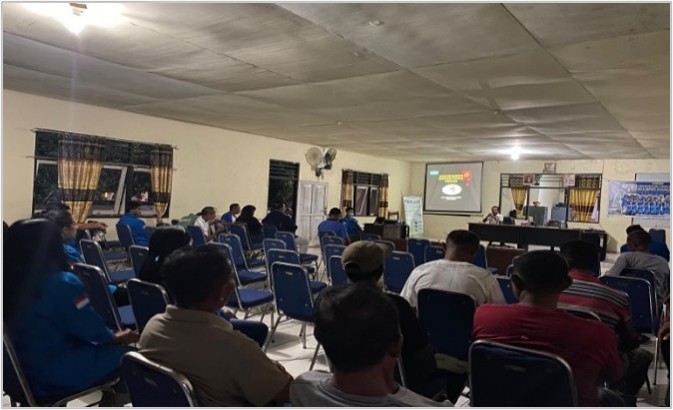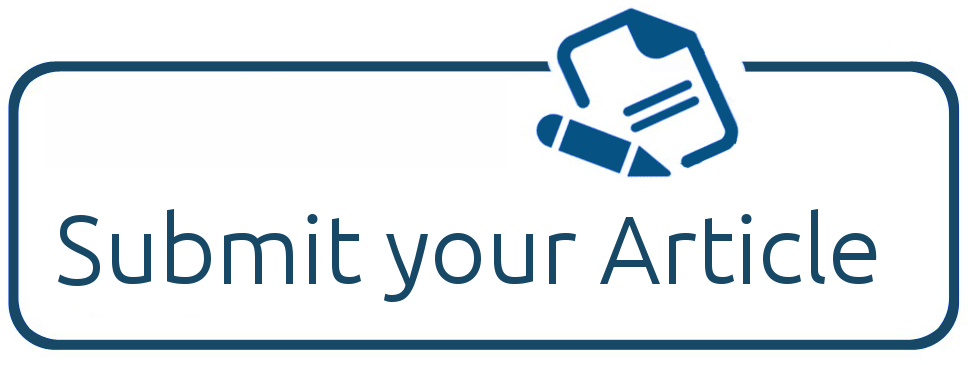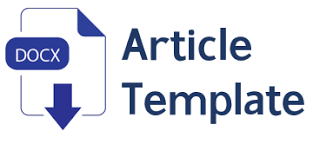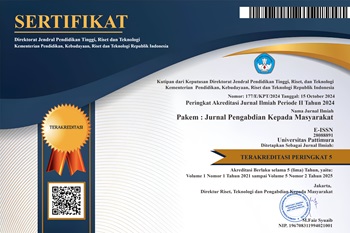PERAN EDUKASI DALAM KONSERVASI EKOSISTEM MANGROVE
STUDI KESADARAN NELAYAN DI DESA ALLANG ASAUDE
Abstract
Mangrove ecosystems are productive ecosystems, and serve as a buffer between land and sea. Fishermen have a very important role in maintaining mangrove ecosystems, they are direct users of the resources in the ecosystem. The purpose of this service activity is to increase public awareness, especially fishermen in Allang Asaude Village about the importance of mangrove ecosystems. Through understanding the importance of mangroves, fishermen can contribute to conservation efforts and sustainable resource management. Effective socialization and education can be seen through changes in attitudes and behaviors of the people of Allang Asaude Village towards mangrove ecosystem conservation. Based on the results of the evaluation that has been carried out, there is an increase in the understanding of fishermen and the community about the function and role of mangrove ecosystems. Thus, the sustainability of mangrove ecosystems is not only important for the environment but also crucial for the welfare of fishermen. With the right understanding and management strategies, as well as active participation from the community, the economic benefits of mangrove ecosystems can be maintained, as well as protecting and maintaining sustainable biodiversity
Downloads
References
Ahmad, J., Tangke, U., Kadir, I. A., Renhoran, M., Husen, A., Marasabessy, F., ... & Admaja, A. K. (2024). Dasar-Dasar Penangkapan Ikan. Kamiya Jaya Aquatic.
Alongi, D. M. (2018). Impact of Global Change on Nutrient Dynamics in Mangrove Forests. Forests, 9(10), 596. https://doi.org/10.3390/f9100596
Arkham, M. N., Hutapea, R. Y. F., & Hapsari, T. D. (2023). Pengelolaan Perikanan Tangkap Secara Berkelanjutan di Indonesia Menuju Ekonomi Biru.
Badan Pusat Statistik (BPS). (2022). Statistik Perikanan Indonesia 2021. Jakarta: BPS
Fachrussyah, Z. C. (2017). Dasar-Dasar Penangkapan Ikan. Fakultas Perikanan dan Ilmu Kelautan Universitas Negeri Gorontalo, Gorontalo.
FAO. (2020). The State of the World’s Mangroves 2020. Food and Agriculture Organization of the United Nations
Heruwati, E. S. (2002). Pengolahan ikan secara tradisional: prospek dan peluang pengembangan. Jurnal litbang pertanian, 21(3), 92-99.
Hukubun, R. D., Rahman, R., Kaimudin, E., Diman, A., Pattiselanno, G., & Hulopi, M. (2023). Sosialisasi Pengenalan Mangrove Kepada Siswa SD Negeri Rutong, Ambon-Maluku. Jurnal Pengabdian Masyarakat Indonesia, 2(2), 175-180.
Hukubun, R. D., Berlianti, L. S., Alfikar, M. F., & Tuapetel, F. (2023). Sosialisasi teknik penangkapan ikan dan alternatif pemanfaatan telur ikan terbang pada musim timur. SAFARI: Jurnal Pengabdian Masyarakat Indonesia, 3(3), 10-17.
Huwae, L. M. C., Kurniawan, J. B., Hukubun, R. D., & Lewerissa, S. (2023). Kalesang Negeri Leahari Melalui Sosialisasi Pengelolaan Sampah dan Aksi Jaga Lingkungan. ALKHIDMAH: Jurnal Pengabdian dan Kemitraan Masyarakat, 1(3), 1-11.
Karminarsih, E. (2007). Pemanfaatan ekosistem mangrove bagi minimasi dampak bencana di wilayah pesisir. Jurnal Manajemen Hutan Tropika, 13(3), 182-187.
Lawalata, F. F., Cornelis, M., Hutubessy, V. I., Tuapattinaya, B. T. V., & Hukubun, R. D. (2022). Mitigasi Bencana Tsunami Bagi Siswa SD Negeri 1 Latuhalat. ABDIKAN: Jurnal Pengabdian Masyarakat Bidang Sains Dan Teknologi, 1(2), 201-206.
Partama, I. G. Y., Wardhani, O. K., Surata, S. P. K., Yastika, P. E., & Kusuma, I. K. T. W. (2024). Pemetaan Kerentanan Ekosistem Mangrove Berdasarkan Aspek Fisik, Biologi dan Antropogenik di Kawasan Taman Hutan Raya Ngurah Rai-Bali Berbasis SIG. Jurnal Ilmu Lingkungan, 22(3), 648-657.
Pattipeilohy, J. J. (2013). Sistem penangkapan ikan tradisional masyarakat nelayan di Pulau Saparua. Jurnal Penelitian, 7(5), 1-47.
Putri, A. S., Nulzapril, M., & Tirtana, D. (2023). Pemetaan Sebaran Rajungan yang ditangkap menggunakan Bubu Di Perairan Pesisir Barat Lampung. Amanisal: Jurnal Teknologi dan Manajemen Perikanan Tangkap, 12(2), 64-70.
Rahman, Lokollo, F. F., Manuputty, G. D., Hukubun, R. D., Krisye, Maryono, ... & Wardiatno, Y. (2024). A review on the biodiversity and conservation of mangrove ecosystems in Indonesia. Biodiversity and Conservation, 33(3), 875-903.
Rizal, S. (2021). Pengembangan Sektor Perikanan Tangkap Ddengan Pendekatan Kapasitas Adaptif Institusional di Kabupaten Kepulauan Selayar (Doctoral dissertation, Universitas Hasanuddin).
Sukardi, N. M. R., & Suryana, I. N. (2022). Pengaturan Penanganan Illegal Fishing Berdasarkan Undang–Undang Nomor 45 Tahun 2009 atas Perubahan Undang–Undang Nomor 31 Tahun 2004 Tentang Perikanan. Jurnal Ilmiah Raad Kertha, 5(2), 54-61.
Wahidin, L. O. (2020). Modul Praktek: Dasar-Dasar Penangkapan Ikan. Perdana. Program Studi Ilmu Perikanan. Universitas Bina Insan. Sumatera Selatan, 17.
Williams, M. J., & Primavera, J. H. (2001). Choosing tropical portunid species for culture, domestication and stock enhancement in the Indo-Pacific. Asian Fisheries Science, 14(2), 121-142.
Worang, S. N., Pangalila, F. P., Manoppo, L., Luasunaung, A., Mandagi, I. F., & Dien, H. V. (2024). Pengaruh umpan pada pancing dasar terhadap hasil tangkapan: The influence of bait on basic fishing rods on catch results. Jurnal Ilmu dan Teknologi Perikanan Tangkap, 9(2).

Copyright (c) 2025 PAKEM : Jurnal Pengabdian Kepada Masyarakat

This work is licensed under a Creative Commons Attribution-NonCommercial-ShareAlike 4.0 International License.
Authors who publish with PAKEM: Jurnal Pengabdian Kepada Masyarakat agree to the following terms:
- Authors grant copyright to the journal and right of first publication with the work simultaneously licensed under a Creative Commons Attribution License (CC BY-NC-SA 4.0)
- Authors are able to enter into separate, additional contractual arrangements for the non-exclusive distribution of the journal's published version of the work (e.g., post it to an institutional repository or publish it in a book), with an acknowledgment of its initial publication in this journal.
- Authors are permitted and encouraged to post their work online (e.g., in institutional repositories or on their website) prior to and during the submission process, as it can lead to productive exchanges, as well as earlier and greater citation of published work.

.jpg)













